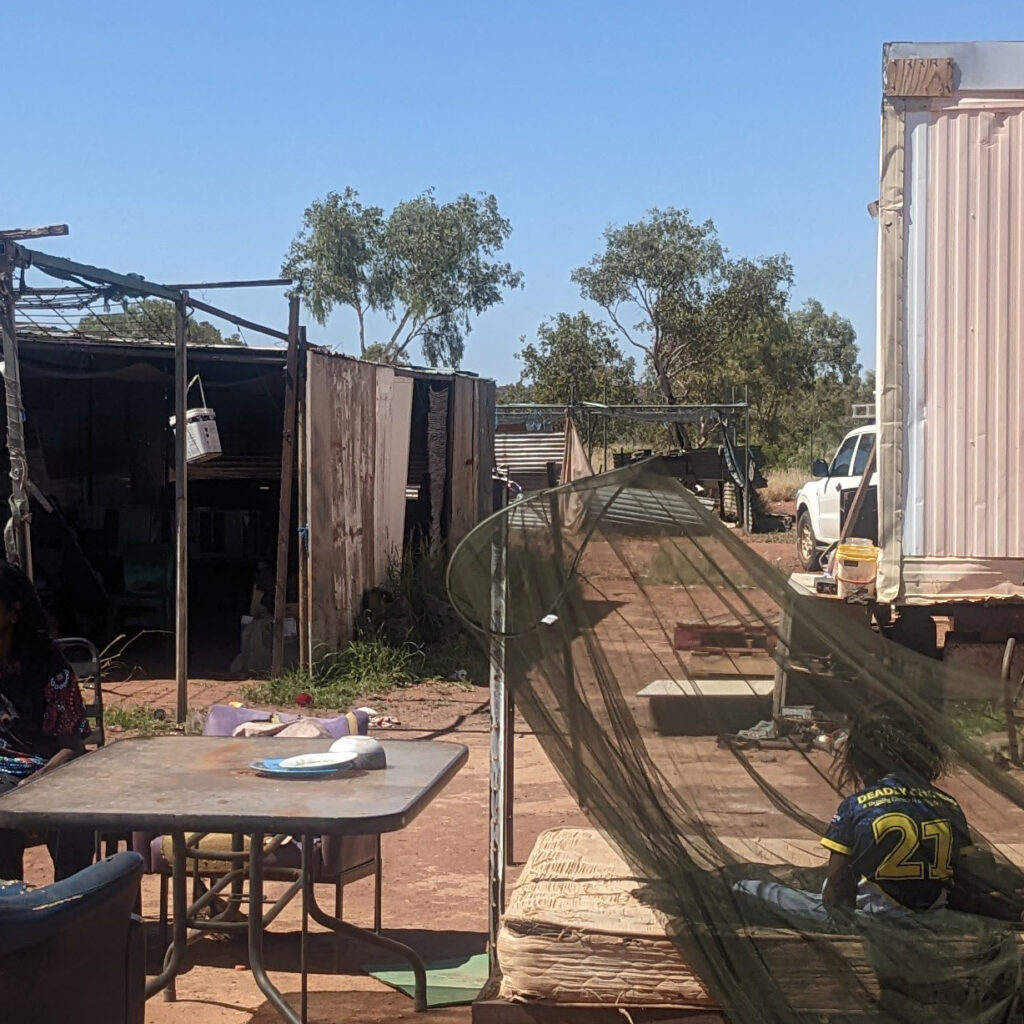Emergent Group company Advitech has contributed its expertise to a consortium of interested parties in a project to rethink the design and construction of public housing in remote Northern Territory.
There is plenty of evidence of a strong link between the built environment in which we live and human health outcomes. Physical aspects such as temperature and space are known to have a profound impact on our wellbeing and there are social and cultural factors that also play an important role in the health of individuals and communities.
Mechanical engineer and physician, Dr Simon Quilty, has a passionate interest in the impact of housing design on indigenous communities. To this end he invited a group of people, including engineers, architects and trades people, to Tennant Creek to learn more about existing public housing developments and to talk with residents about their needs.
Emergent Group Executive Director and Electrical Engineer Glenn Platt, along with Civil/Structural engineer Lilly Großstück, joined Simon Quilty in Tennant Creek to explore how they could assist with the project. Their skills and experience in structural design and renewable energy contributed to discussions about how to meet the cultural and physical needs of residents.
Through meeting with local people, Glenn and Lilly learned how the current housing arrangement is experienced by the residents. They saw a mismatch between the communal way indigenous people prefer to live and the style of housing provided. They saw that thermal properties of the buildings were not adequate for the extreme climatic conditions of the desert environment.
In addition to not meeting the requirements of the residents, the current style of housing is very expensive to build. Lilly and Glenn, along with the rest of the project team, have come away from Tennant Creek with a greater understanding of the challenges ahead in finding better housing solutions.
“In order to build more appropriate houses, we need to develop a greater understanding of different ways of living,” said Lilly.
“Learning about cultural practices like family structures and communal living is crucial in determining an approach to building design,” she said.
This project aims to collaboratively develop new concepts for public housing in the region and to build a prototype to test those concepts. This will require funding and government support as well as clarity around ownership and ongoing maintenance issues.
The visit to Tennant Creek has Lilly already considering ways to improve the design of housing for remote indigenous communities.
“Our early thinking about solutions includes consideration of modular designs that can be largely pre-fabricated.
“I think living spaces must be an appropriate mix of both shared and private, and provision for outdoor cooking and socialising would be valued,” said Lilly.
Next steps for this project are to develop a concept design, which is more suitable, sustainable and more affordable and to apply for funding to be able to fully develop and install a first prototype.
